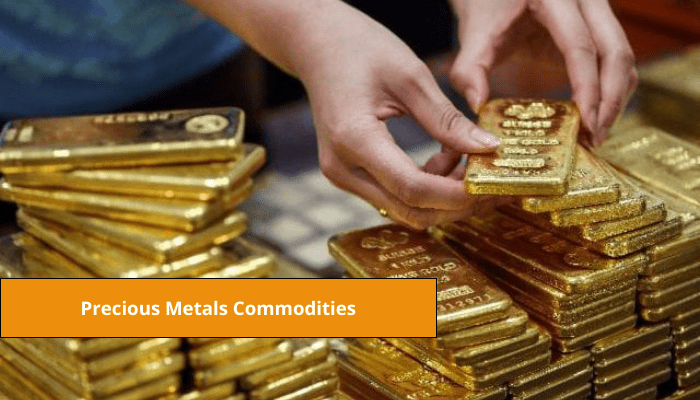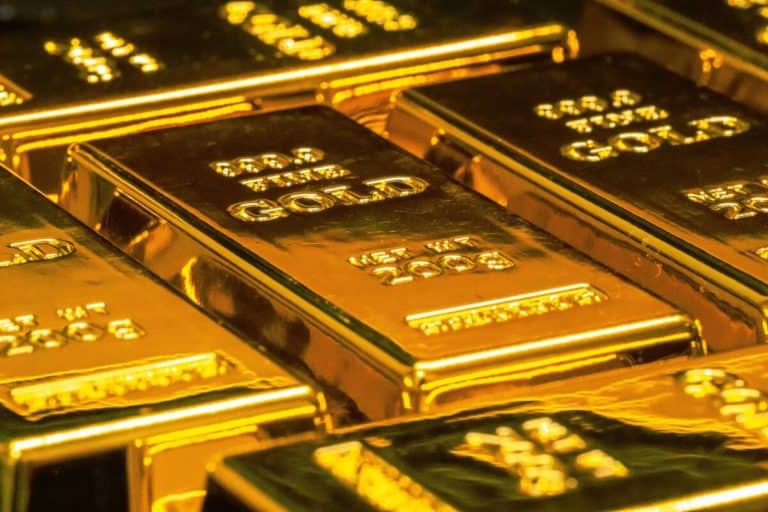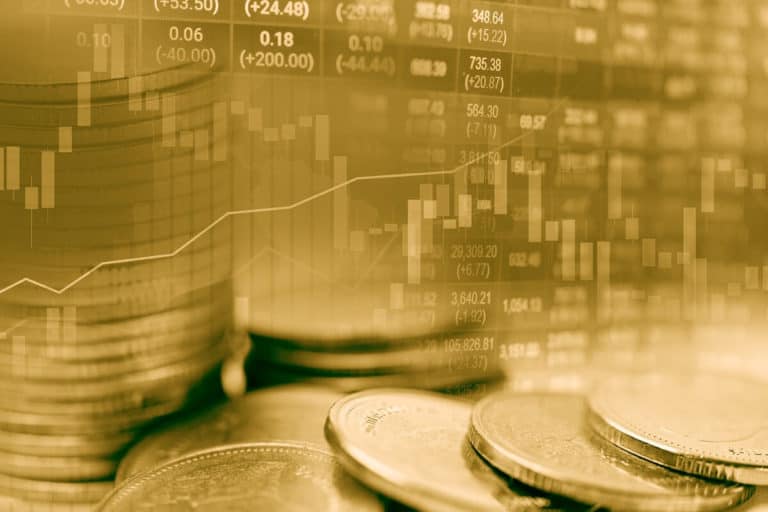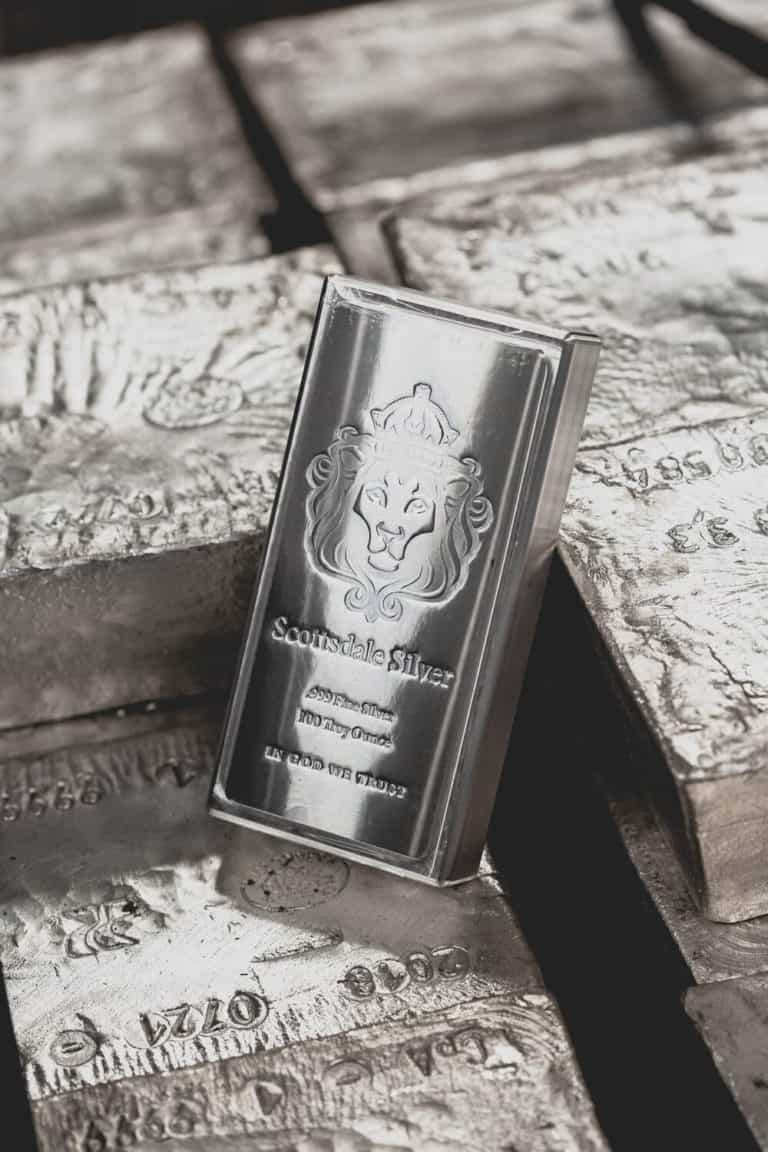- Our content is independently written and reviewed by trusted reviewers & fact-checkers.
- Your information is never sold. We can earn money by connecting you with top Gold IRA Companies. Learn how our reviews work.
- Want to learn more? Meet our authors and explore our editorial policy.
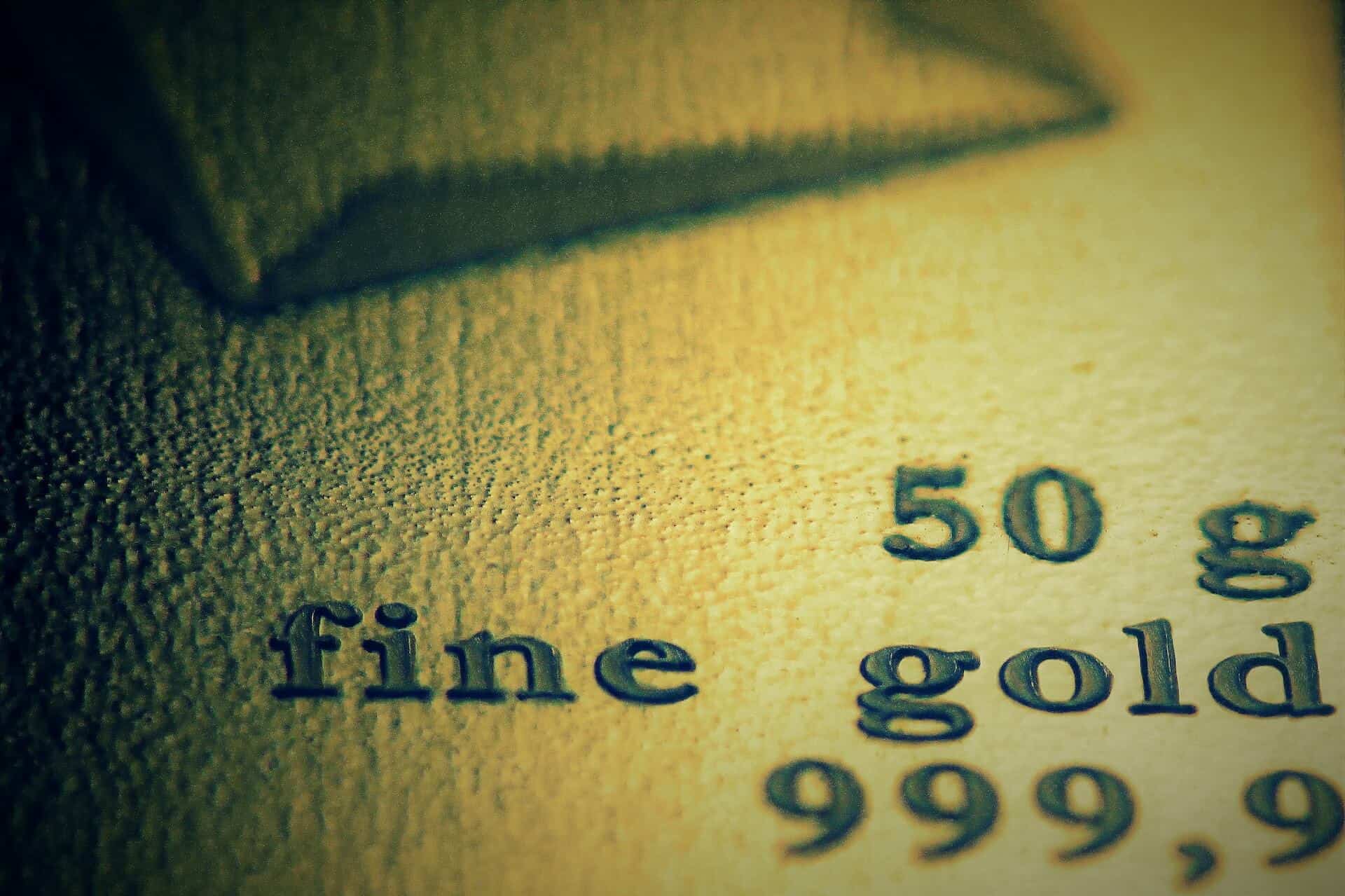
We shall never grow tired of repeating one important fact when it comes to investing: diversification is absolutely key for managing risk and potential gains.
One of the preferred areas of diversification is trading gold futures and silver contract instruments, and over the last decade or so, there has been a definite increase in the size of this market as it grows in popularity.
Both gold and silver futures (along with their mini and micro variants) provide quite exciting prospects for traders of all levels, from novices to experts. If you happen to be considering gold as an investment, we applaud you for doing so, but we decided a delineation might be in order to help newcomers to the market develop a better understanding.
With that in mind, this article will further explore gold and silver futures, the factors behind the market, and the reasons why investing in gold and silver futures through micro or mini contracts might be a good fit for you.
Table of Contents
What Are Gold and Silver Futures?
There are two primary investing vehicles in precious metals: buying the physical metal outright or trading gold and silver futures.
Essentially, futures markets are nothing more than digital marketplaces where traders negotiate gold futures contracts. These contracts commit to delivering a set amount of gold – at a decided, estimated future price – on a specific future date.
Although these contracts suggest the possible delivery of physical gold on that future date, this, of course, is not the case. Most of the transactions in the gold and silver futures market are nothing more than short-term speculation. In most cases, traders will not take delivery of the physical gold and silver, as the majority of contracts are usually finalized before the stated delivery dates.
Physical Metal Investing vs. Gold and Silver Futures Trading
Owning physical metals is completely straightforward. When stock prices or currencies fall, metal values often rise, and vice versa. In the most basic of terms, Investors tend to buy metals when they seem affordable – and then sell during price surges – to balance out their portfolio.
On the other hand, gold and silver futures might be best described as intricate, costly, and possibly even a little risky. They might not suit every retail investor. It is for this reason that Gold IRA BLueprint specializes in tangible gold and silver in the form of gold IRAs, which allows more predictable price movements than gold futures contracts.
You might consider physical metals as a value reserve, whereas one false move in a gold futures contract can be financially detrimental. By the same token, gold and silver futures can be extremely lucrative. As always with investment, risk vs reward is a very real consideration when trading gold futures (or silver futures, for that matter).
What is a “Futures” Contract, Exactly?
The premise is actually very simple. A futures contract is merely an agreement between two parties to buy or sell a specific quantity of a commodity at a set price on a predetermined date. Nothing more, nothing less.
A gold futures contract, for example, revolves around the spot price of gold on the contract’s delivery date.
The buyer commits to purchasing an agreed amount of gold at a stipulated price on the stipulated settlement date (usually the contract month’s last day). If the contract is exercised, they can receive the physical gold.
By the same token, the seller pledges to supply the gold on the decided, agreed date (and price) if required. When an investor buys, it is colloquially termed ‘going long’, while selling, on the other hand, is considered ‘short’.
It is common for mining companies to initiate gold and silver futures contracts to secure buyers in advance and ensure the selling price covers their anticipated costs. This practice was actually the main reason futures markets for commodities like gold were established in the first place before the rise of speculative trading for short-term gains began.
Interestingly, the term “short sellers” has earned something of a bad name in recent years, largely owing to media narratives. The perception is of sharp-suited, aggressive traders short-selling stocks, causing disruption to the markets in the process while making millions quite effortlessly. Whether you agree with this or not is entirely up to you, of course.
Growing Trend
The fact is, while futures trading has become more mainstream and prevalent in the last decade – largely owing to movies such as ‘Margin Call’ or ‘The Big Short’ – gold and silver futures have been foundational assets for traders for close to 100 years.
This is certainly not a new market, and many diverse traders consider it an important part of their precious metals portfolio.
Gold and silver futures have grown in popularity over the last few decades as traders of all experience levels look to diversify and experiment with other markets. As noted earlier, silver and gold futures can be risky, but with trepidation, diligence, and understanding of the market, much of that risk can be negated.
Recent introductions, such as mini and micro gold futures contracts and silver contracts, have transformed gold and silver futures trading, contributing to this growth in popularity.
What Forces Drive Gold and Silver Markets?
Gold and silver prices are influenced by multiple economic, financial, and political fundamentals – just like any other market.
Economic factors such as inflation, interest rates, GDP growth, and the U.S. dollar’s power affect these markets in quite a big way. During uncertain or high-inflation times, gold usually becomes an investor’s refuge (being such a safe asset, historically), pushing its demand and price upward.
Silver’s value is a little different. Besides the obvious value of its ‘precious metal’ status, it plays a key role in sectors like electronics, solar energy, and medicine. This means that silver prices are influenced by broader economic trends and specific industry supply-demand shifts. Silver futures trading is slightly more intricate but of the same principle, pretty much.
How To Trade Gold and Silver Futures?
To get started in gold futures trading or silver and gold futures, you’ll first need an account on a platform that supports futures transactions. There is now an abundance of online platforms and brokerages that cater to gold and silver futures trading.
After obtaining access to the account (usually a procedure involving proof verifications, etc), funding your account is the next step. With your account funded, you can place orders for specific gold futures contracts or silver contracts, similar to how you might manage other investment trades through online platforms.
Choosing the Right Futures Trading Platform
So, what should you look for in a trading platform? Without stating the obvious too much, you should first check if your current brokerage or platform permits gold futures trading or silver futures trading. Many do these days – the gold futures symbol is usually displayed with platforms that allow it.
If not, key factors to assess when selecting a platform are no different from the usual prerequisites. Just look for user-friendliness, versatility in order types, and competitive fee structures.
One thing of note is that experienced traders might prioritize platforms with algorithmic capabilities, especially with the rise of robo-trading and AI becoming more widespread. If you are anticipating regular trading, you should look for platforms offering mobile trading apps (which is most of them).
Benefits of Trading Gold and Silver Futures
Trading gold and silver futures is a modern way for investors to obtain even more value out of these age-old assets. While physical ownership has its benefits, futures trading offers an alternative with quite distinct advantages. Let’s take a look at a few.
- Leverage: By investing in futures, investors can control a large position with a relatively small amount of capital. This can increase potential returns – but also increases risk.
- Flexibility: Futures contracts provide a good way to bet on price rises (going long) or drops (going short), giving traders a wide range of strategic options.
- Reduced Risk: Trading on centralized exchanges minimizes counterparty risks, ensuring more secure and transparent transactions.
- Liquidity: Gold and silver futures markets are typically very liquid, allowing for quick entry or exit from positions, which can be especially beneficial in fast-moving market conditions.
Risks of Trading Gold and Silver Futures
While the futures market offers potentially quite healthy rewards, it is not, of course, without a degree of risk.
- Increased Loss Potential: Just as leverage can boost potential profits, it can also increase losses. An unfavorable market shift can result in fairly brutal financial setbacks.
- Margin Calls: If a trader’s position moves against them, they might be required to deposit additional funds into their account. This is known as a “margin call.”
- Contract Management: Keeping track of contract expiration dates is very important. As expiry nears, traders often need to decide whether to roll their position to a new contract or close it out.
Trading in gold and silver futures trading requires a blend of market insight, risk management, and timely, wise, forward-thinking decision-making. The potential of returns is hugely tempting, but the risks involved require a well-informed and strategic approach.
Bottom Line
At the end of the day, gold and silver futures trading brings both opportunity and risk in fairly equal measure. While the potential for profit in these liquid markets is tempting, new traders should proceed with extreme caution.
Remember, futures trading isn’t for everyone – arm yourself with the right knowledge, and consider seeking expert insight before venturing into this market.
Gold IRA – A Safer Alternative
If you’re interested in gold investing but would prefer a safer investment vehicle, you should consider investing in a Gold IRA, which allows you to own physical gold within the parameters of a retirement account.
Interested in finding out more about gold IRAs? With our free Gold IRA Guide, we will tell you absolutely everything you need to know about this far safer alternative.
FAQs
What are gold and silver futures?
Gold and silver futures are contracts that commit to the purchase or sale of a specific amount of the metal at a predetermined price and date.
How does leverage work in futures trading?
Leverage allows traders to control a larger contract value with a smaller capital outlay. However, this amplifies both potential profits and losses.
Do I need to take physical delivery when trading gold or silver futures?
No, most futures contracts are settled in cash. Traders typically close their positions before the delivery date.
Article Sources
At Gold IRA Blueprint, we dive deep into the world of gold IRAs, using trusted sources to back up our insights. Our sources range from official documents to expert interviews, ensuring our content is both accurate and reliable. We also draw on research from reputable publishers to give you the most comprehensive understanding possible. Check out our editorial policy to see how we maintain our high standards for accuracy and fairness. Also make sure to check out our Financial Review Process to have a better understanding of our process.
https://en.wikipedia.org/wiki/Gold_as_an_investment
https://www.finra.org/investors/investing/investment-products/futures-and-commodities









